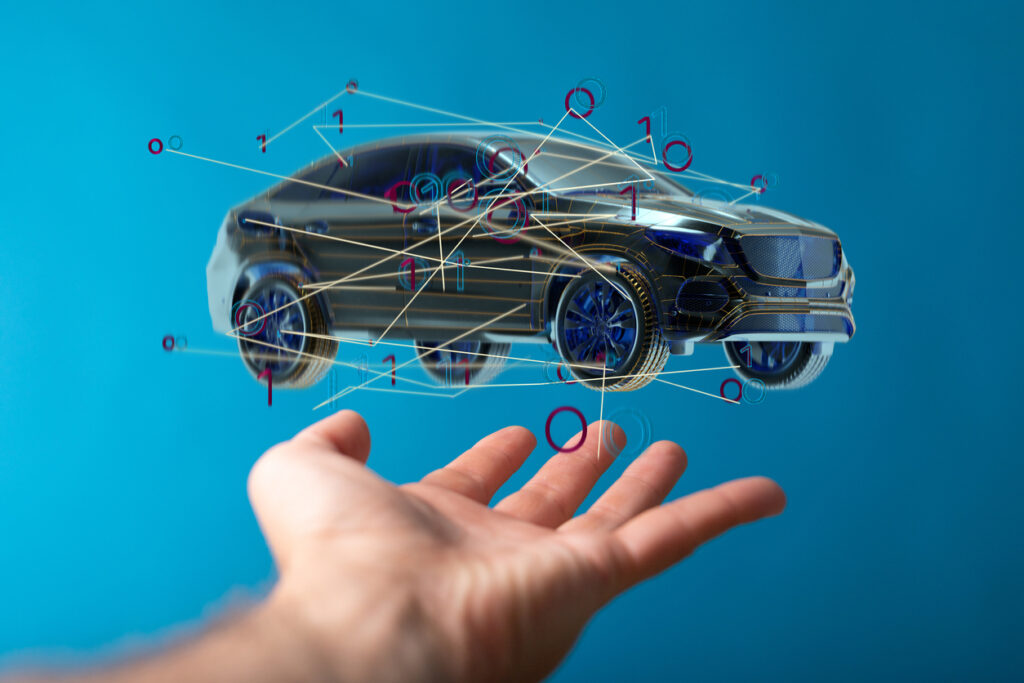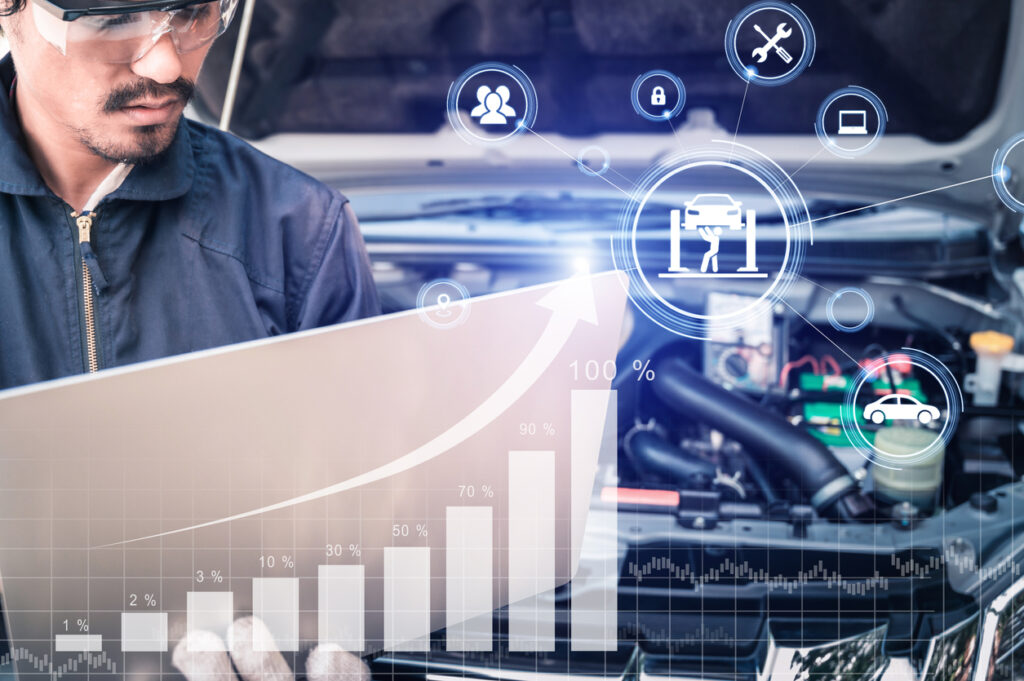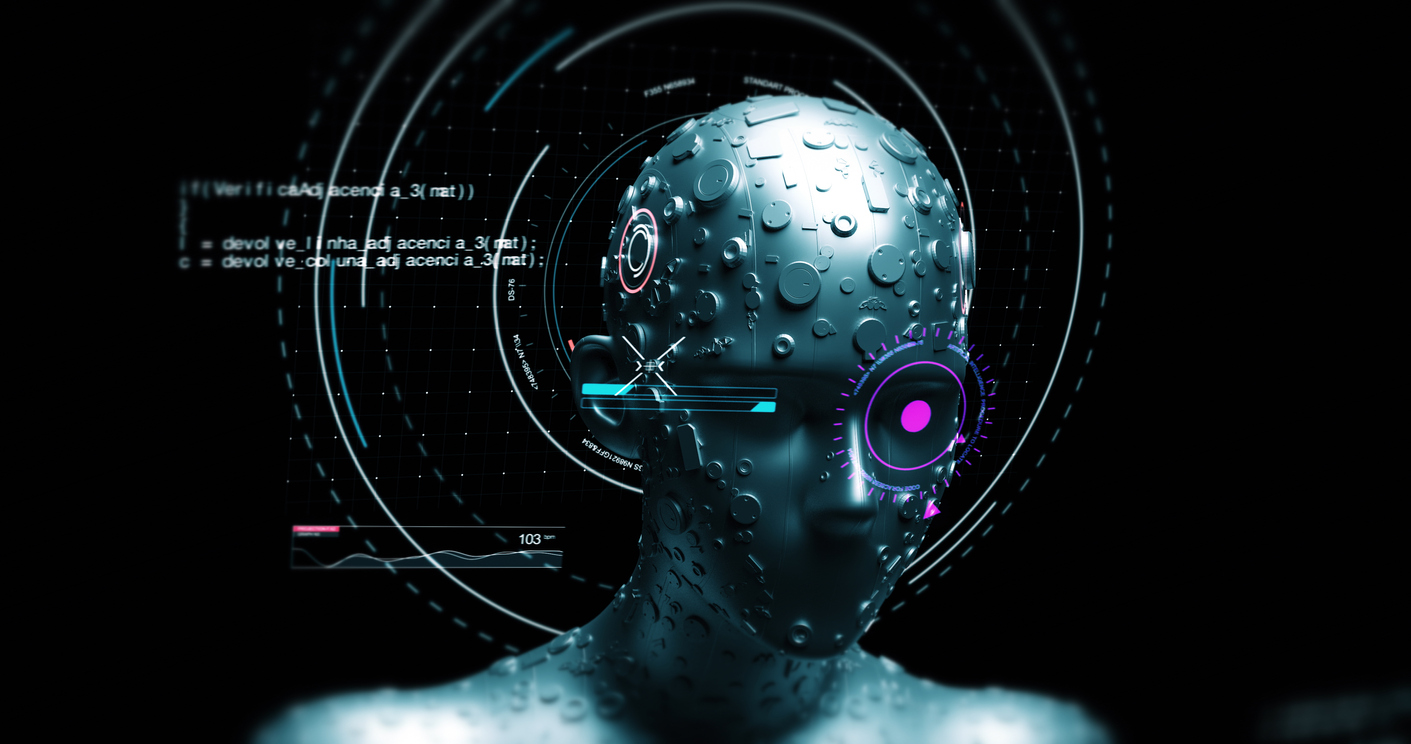In the ever-evolving world of transportation, the quest for innovative and sustainable future mobility solutions has led to the emergence of bionic vehicles. A groundbreaking field that seeks to merge advanced biomechanical engineering principles with smart transportation technologies.
Bionic vehicles, known as biomimetic or bio-inspired vehicles, take their inspiration from the ingenious designs found in the natural world to create more efficient, eco-friendly, and safer systems of transportation.
This article will look into the fascinating world of bionic vehicles, highlighting their significance in the realm of smart transportation and the transformative impact they can have on the way we move.
Understanding Biomechanical Engineering in Bionic Vehicles

At the heart of bionic vehicles is biomechanical engineering, this is a discipline that applies mechanical principles to living organisms, studying their movements, structures, and functions. In the context of bionic vehicles, this field aims to replicate and adapt nature’s designs to develop efficient and sustainable transportation. Biomimicry, the practice of imitating nature’s strategies, plays a pivotal role in the development of bionic vehicles.
Inspired by the aerodynamics of birds, insects, and aquatic creatures, structures can be designed to reduce drag and increase fuel efficiency. These streamlined body shapes and surface textures adapted from natural examples lead to lower energy consumption and increased range for electric vehicles, reducing air resistance and optimising airflow.
The incredible diversity of nature’s evolutionary innovations served as a rich source of inspiration for engineers and designers seeking novel solutions to transportation challenges. By observing the ways animals navigate diverse terrains and environments, engineers gain valuable insights for developing vehicles with improved performance, stability, and adaptability.
The study of birds’ wings has led to the design of aerodynamic structures for more efficient air travel, while the motion of fish has inspired underwater vehicles with superior agility, highlighting the importance of the continued development of biotechnology in transportation.
Real-World Examples of Bionic Vehicles
The real-world application of bio-inspired vehicles has resulted in the creation and development of some truly remarkable prototypes and research projects. Leading organisations in the field, such as the Massachusetts Institute of Technology and Carnegie Mellon, have made significant strides in pushing the boundaries of bionic technology. Dutch company MAVLab created the DelFly Nimble, an autonomous drone which was designed based on the flight patterns of insects. Biomimetic robots capable of traversing terrains inaccessible to humans have been inspired by the movement of snakes.
These pioneering projects showcase the immense potential of bionic vehicle research to revolutionise transportation across various sectors, such as aviation, marine exploration, and ground-based mobility. The ever-increasing feasibility and scalability of such innovations opens doors to a future where transportation is not only faster but also more efficient, sustainable and environmentally friendly.
Bio-Inspired Materials in Vehicle Structures
Advanced materials play a crucial role in the performance and sustainability of vehicle innovations. The natural world provides an abundance of materials that are lightweight, durable, and environmentally friendly, from which to draw inspiration. For instance, the use of carbon fibre composites, inspired by the structure of bones and shells, leads to lighter and stronger vehicle structures.
Reducing the overall weight of vehicles leads to decreased energy consumption during operation. For example, in the automotive industry, the use of bio-composites instead of traditional steel or aluminium can improve fuel efficiency, which in turn helps to reduce greenhouse gas emissions. In aviation and aerospace, lighter materials have the benefit of enhancing aircraft performance, which again results in reduced fuel consumption and emissions.
Researchers have also explored the potential of self-healing materials, inspired by the regenerative capabilities of living organisms. These materials have the potential to revolutionise vehicle maintenance by automatically repairing minor damages, reducing the need for costly repairs and material replacements.
Components Driving Bionic Innovations
The success of biomimetic vehicles heavily relies on the integration of cutting-edge electronic components. These include electric motors and batteries. High-capacity batteries store the energy required to power the electric motors and are crucial in ensuring a sufficient driving range.
Sensors play a vital role in interpreting environmental data, enabling the vehicle to adjust its behaviour in real-time. By mimicking the sensory abilities of animals, bionic vehicles can detect obstacles, monitor road conditions, and optimise their movements for safety and efficiency.
The Human-Machine Interface, often referred to as the HMI, serves as the communication link between the driver and the vehicle. It can include touchscreens, voice commands and gesture recognition, allowing users to easily interact with the vehicle’s systems.
Actuators and control systems act as the vehicle’s muscles and brain, respectively, by processing sensor data in real-time. They enable responsive and precise movements, facilitating dynamic stability and adaptability.
As these technologies continue to advance, we can expect even more sophisticated bionic vehicles with enhanced autonomy and safety features.
Efficiency and Sustainability in Bionic Transportation
Biomechanical engineering can make significant contributions to energy-efficient transportation solutions. By adopting nature’s streamlined designs, bio-inspired vehicles can look to minimise air resistance and energy consumption, thus reducing the vehicle’s overall carbon footprint. The use of lightweight materials further enhances energy efficiency.
Biomimetic vehicles hold the potential for eco-friendliness, particularly if they incorporate sustainable materials, energy-efficient systems, and renewable energy sources. However, their actual environmental impact depends on the maturity of the technology and its integration into mainstream transportation.
In the current context, electric vehicles have shown significant progress in reducing emissions and fossil fuel consumption, making them a more practical and readily available eco-friendly alternative to traditional internal combustion engine vehicles.
According to a study conducted by the International Energy Agency (IEA), the adoption of bionic vehicle technology has the potential to reduce global greenhouse gas emissions by up to 25% by 2040. This significant reduction in emissions underscores the importance of embracing bionic transportation for a cleaner and greener future.
Safety Advancements in Bionic Vehicles
One of the most compelling aspects of bionic vehicle innovation is the potential to revolutionise safety features. By taking inspiration from the finely tuned reflexes and responses of animals, bionic vehicles can proactively avoid collisions and adapt to hazardous situations.
The integration of advanced sensor systems and artificial intelligence allows bionic vehicles to analyse their surroundings in real-time and respond with lightning speed, minimising the risk of accidents and enhancing road safety.
A report by the National Highway Traffic Safety Administration (NHTSA) revealed that vehicle accidents accounted for more than 42,795 fatalities in the United States in 2022. From this we can deduce that the proactive safety measures in bio-inspired vehicles offer numerous advantages that could contribute to reducing accidents and enhancing road safety. By leveraging advanced technologies, AI, and real-time data, these vehicles have the potential to significantly improve the overall safety of transportation and save lives on the road.
Human-Machine Interaction in Bionic Transportation

Seamless human-machine interaction is paramount in creating a natural and intuitive driving experience. Biomechanical principles help in achieving this by ensuring that bionic vehicles respond predictably and effortlessly to human input.
As artificial intelligence continues to improve, bionic vehicles will become more adept at interpreting human intentions, making driving a safer and more enjoyable experience. Examples of this would be using data regarding the user’s behaviour patterns to automatically adjust seat positions, climate control and onboard entertainment. AI driver assistance systems, such as lane-keeping, adaptive cruise control and automatic emergency braking, help to improve vehicle safety by providing warnings and taking corrective action when necessary. Giving the driver and passengers a greater sense of security.
The potential implications for autonomous driving are immense. Bionic vehicles’ ability to adapt to changing environments, navigate complex scenarios, and communicate with each other can propel the development of fully autonomous transportation systems. Passengers can also expect heightened comfort and convenience as bionic vehicle designs prioritise ergonomics and adaptability.
Challenges and Future Prospects
Despite the promising advancements, several challenges lie ahead in the development and integration of bionic vehicles. Technological hurdles, including power efficiency, scalability, and affordability, demand continuous research and innovation. Additionally, regulatory considerations and safety standards must be established to ensure the seamless integration of bio-inspired vehicles into existing transportation infrastructure.
In order to truly make a worthwhile impact on sustainability, it needs to be ensured that the factories in which these vehicles and their components are manufactured are as efficient and sustainable as the products they’re producing.
This being said, the future prospects for bionic transportation are incredibly encouraging. As researchers, engineers, and industries collaborate to overcome challenges, we can expect to witness a steady growth in the application of biomechanical engineering principles to future mobility solutions. Bionic vehicles hold the potential to revolutionise how we move people and goods.
Conclusion
Bionic vehicles represent a remarkable intersection of biomechanical engineering and smart transportation. By taking inspiration from nature’s ingenious designs, engineers and designers are reimagining how vehicles move, perform, and interact with their surroundings. From biomimetic materials to proactive safety features, bionic vehicles are poised to transform the transportation landscape, offering energy-efficient, eco-friendly, and safe mobility solutions.
As we look to the future, continued research, collaboration, and innovation in bionic transportation hold the key to unlocking its full potential. By harnessing the power of biomechanical engineering, we can build a future where transportation is not only smarter but also more harmoniously integrated with the natural world.
Embracing the possibilities of bionic vehicles is a step towards a sustainable and transformative transportation revolution. With the potential to significantly reduce emissions, save lives, and enhance overall transportation efficiency, bionic vehicles offer a promising path to a cleaner and greener future.











